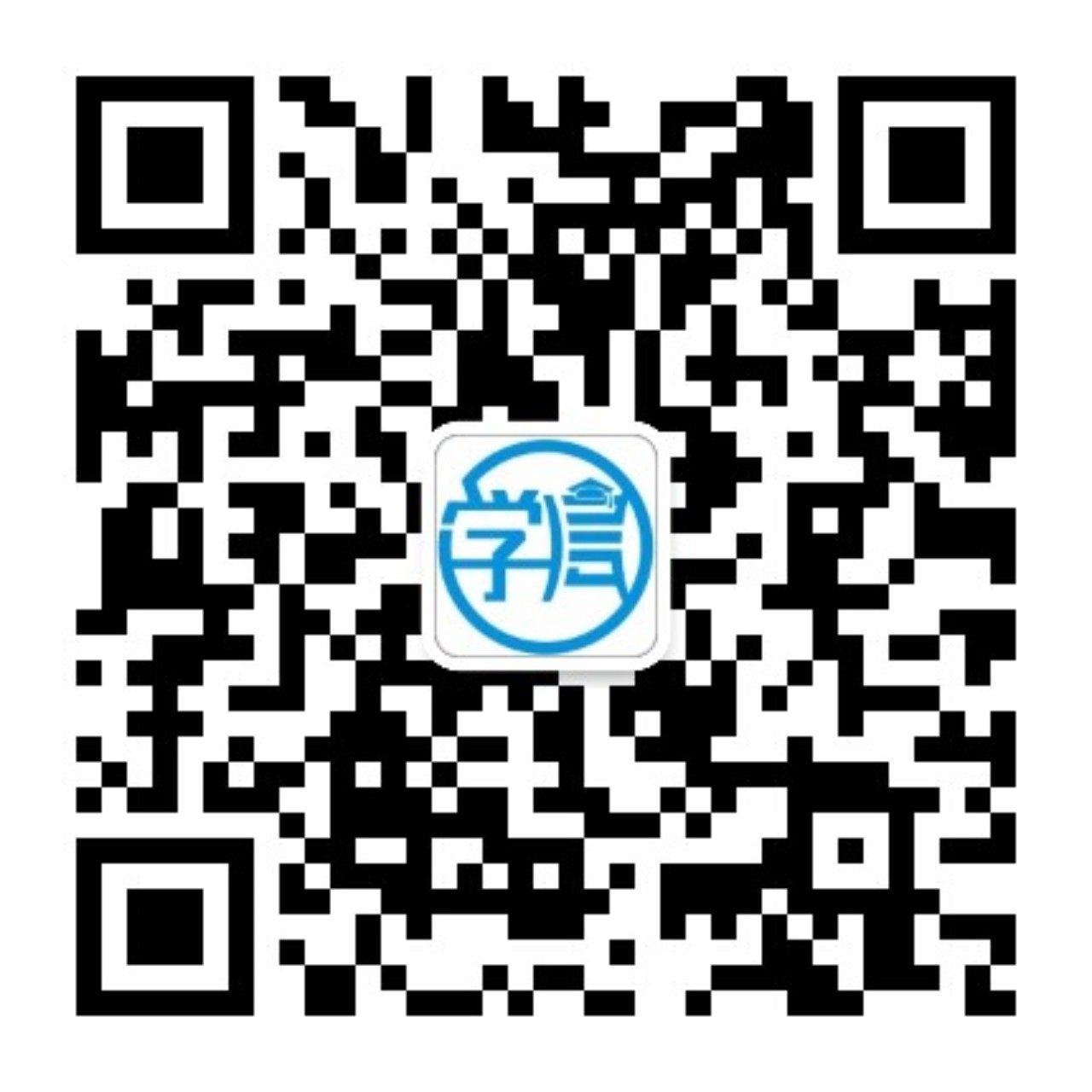在閱讀理解題中,很大比例的題目是考細(xì)節(jié)的。事實(shí)上在對(duì)歷年試題的分析中發(fā)現(xiàn),事實(shí)細(xì)節(jié)題的比例占一半以上。文章中的細(xì)節(jié)通常指的是作者為論證文章主題特別是論證段落的大意而使用的具體信息。因?yàn)榫妥h論文和說明文而言,作者在闡明準(zhǔn)備論述的問題或觀點(diǎn)后,通常會(huì)用大量具體的事實(shí)細(xì)節(jié)去說明或支持它們。這些細(xì)節(jié)可以是理由、例子、數(shù)字,也可以通過下定義、作比較、對(duì)比、打比方等方法去組織。根據(jù)具體考查的內(nèi)容或范圍,事實(shí)細(xì)節(jié)題可以再細(xì)分為因果細(xì)節(jié)題、態(tài)度細(xì)節(jié)題、觀點(diǎn)細(xì)節(jié)題、類比細(xì)節(jié)題、綜合細(xì)節(jié)題和具體細(xì)節(jié)題。常見的命題模式有:?
(1) According to the passage/ the author, who (what, where, which, when, why, how, etc)?
(2) Which of the following is true/correct/false/not included??
(3) All of the following are (not) true/are (not) mentioned except ___________.?
(4) We learn from the last paragraph (the first paragraph, the text) that ___________.


